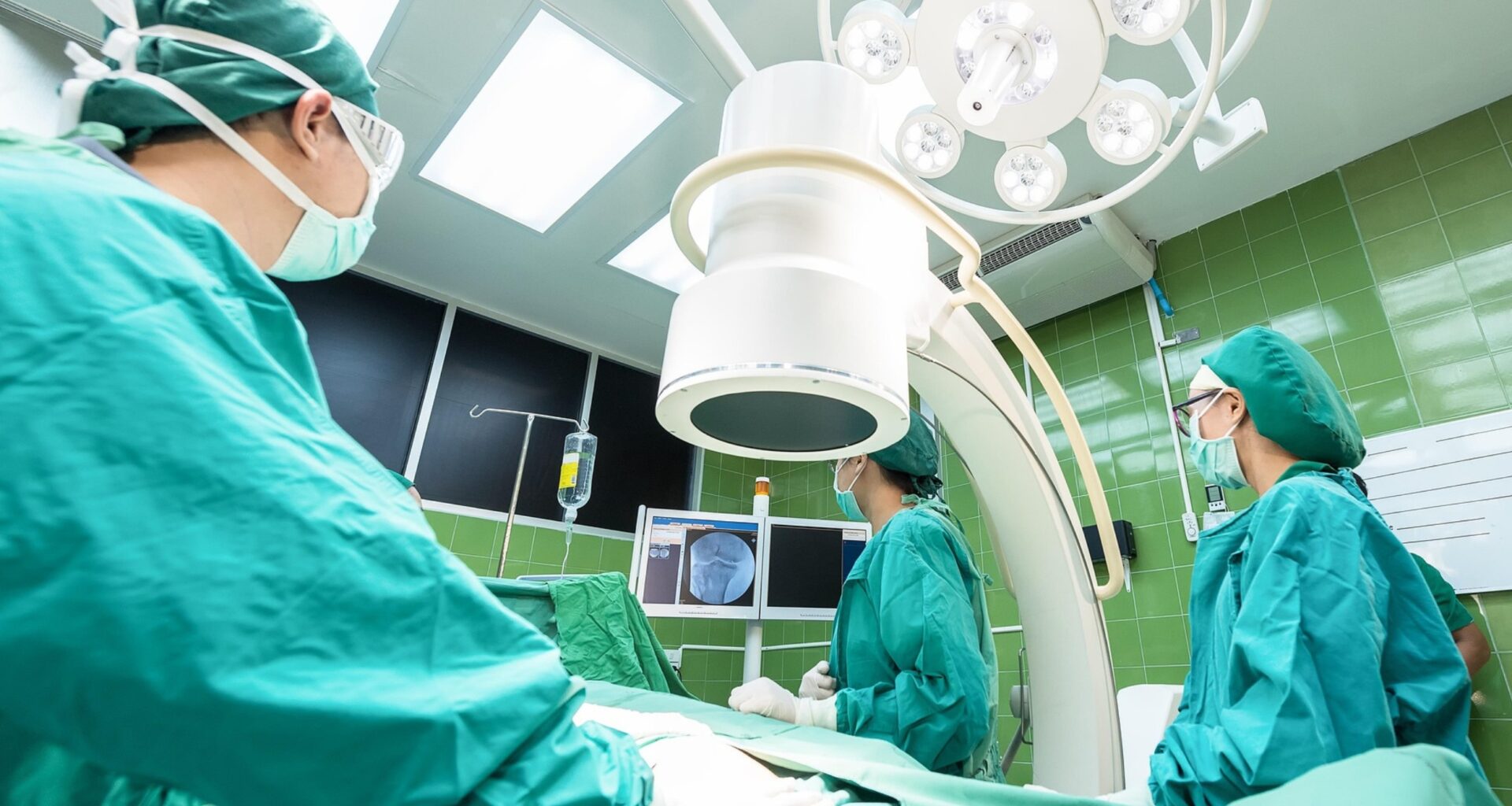In the latest edition of its Forschung aktuell series (11/2025 / in German), the Institute for Work and Technology (IAT) at Westfälische Hochschule Gelsenkirchen takes a closer look at the KARVIMIO research project. Funded by the German Federal Ministry of Education and Research (BMBF), the project investigates how artificial intelligence and augmented reality can be applied in operating rooms to support surgical assistants and improve patient safety.
The project focuses on developing so-called “in-situ instructions” – visual, step-by-step guides displayed through AR glasses or head-mounted devices such as Microsoft’s HoloLens 2. These instructions appear directly within the user’s field of view. The AI recognizes the surgical instrument in use and overlays the corresponding setup or usage guide onto the real-world object. This eliminates the need for printed manuals, which are impractical in sterile environments. A depth camera further enhances the system by detecting objects even outside the user’s immediate line of sight.
Risks and ethical issues
Led by Elena Fitzner and Dr. Peter Enste, the project team follows a strictly user-centered development approach. Throughout all phases, surgical assistants, equipment manufacturers, and central sterilization staff have been actively involved through workshops and hands-on testing. Participants emphasized the importance of intuitive controls, clear color displays, and easy-to-read visuals. At the same time, some expressed concerns that AR systems might feel intrusive, particularly during high-pressure situations or routine tasks.
There is also a risk that staff could become overly reliant on the technology, potentially leading to a gradual decline in their routine knowledge. Technical issues – such as incorrect object recognition or system failures – could further disrupt surgical workflows. Beyond these practical concerns, the use of such systems raises important ethical and legal questions. For example, who is liable if the system provides incorrect instructions? And how can it be ensured that technology supports rather than replaces human responsibility in critical situations?
Alongside the technical development, the project also examines ethical, legal, and social aspects, following the ELSI approach (Ethical, Legal, and Social Implications). Key topics include trust in technology, data protection, professional responsibility, and skills development. The overarching goal is to design systems that enhance human capabilities rather than replace them.
Potential applications
The researchers see broad potential for applying AI and AR in the operating room. Beyond assisting during surgical procedures, these technologies could also play a valuable role in training surgical assistants, supporting documentation, and improving workflows in central sterile services.
As a child in the 90s, my Gameboy was my steady companion. After school, the PlayStation was fired up. When I finally got my first PC, I was completely hooked. My passion for gaming has never waned since. For me, writing for Notebookcheck means reporting on topics that are really close to my heart – in addition to gaming, I also like to write about e-mobility, photovoltaics and innovative gadgets. When I’m not sitting at my computer, I’m probably on water rescue duty on the Baltic coast or trying to counteract the downsides of my geek life – namely sitting for long periods – at the local swimming pool.


